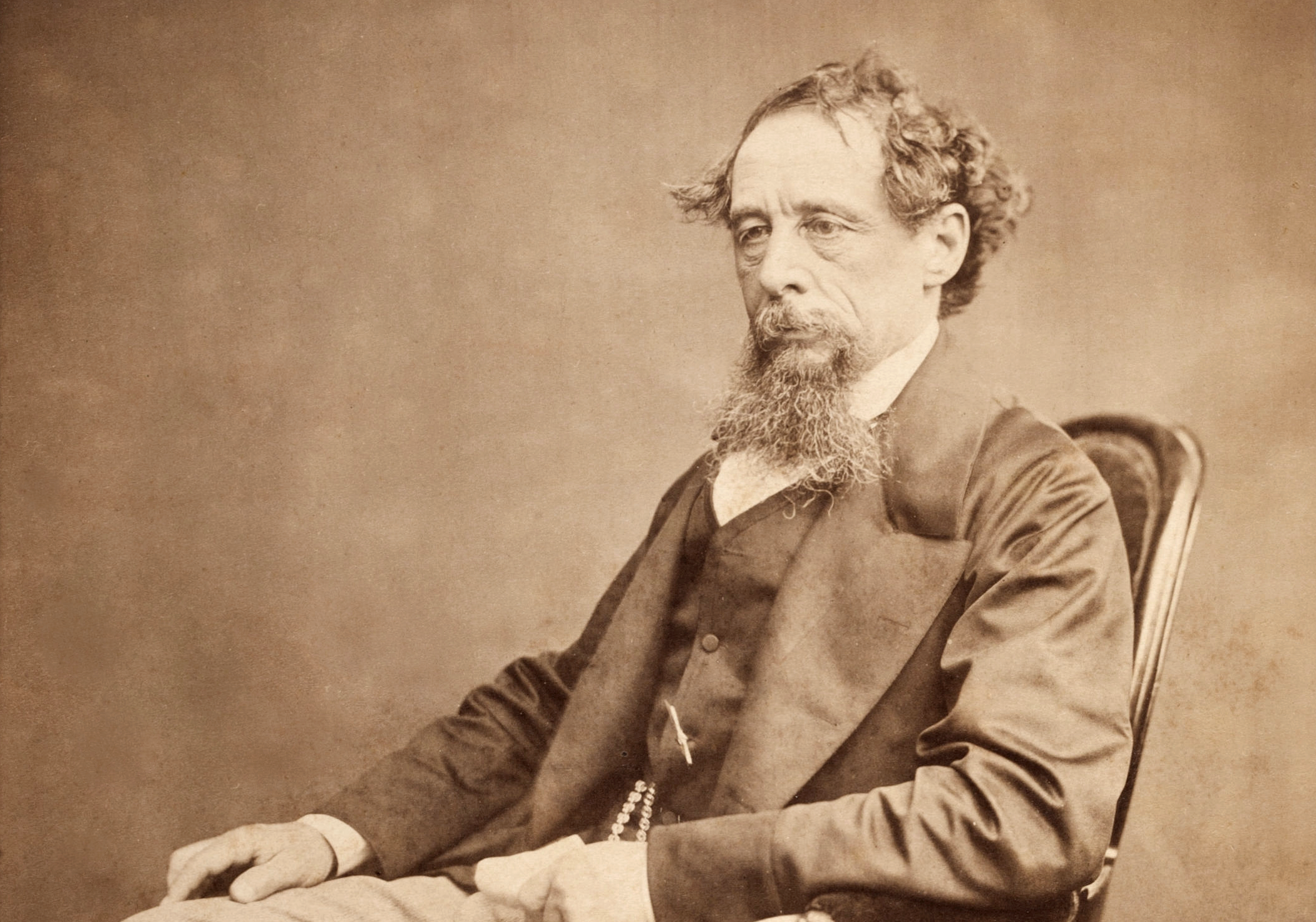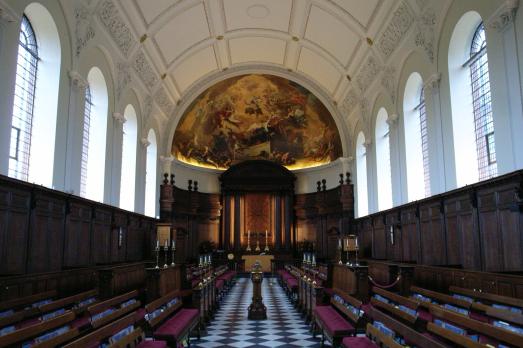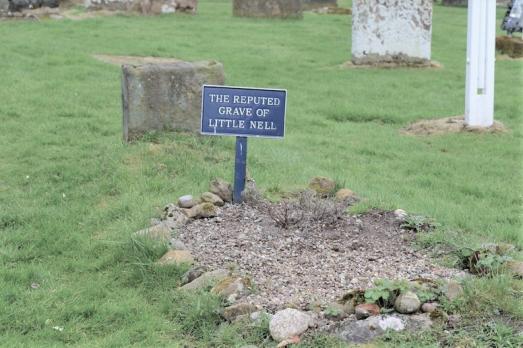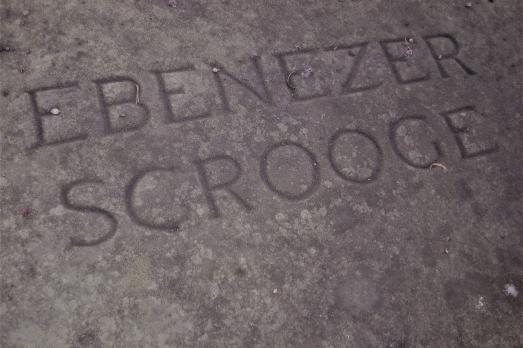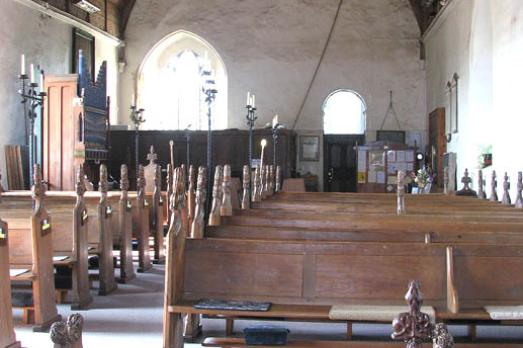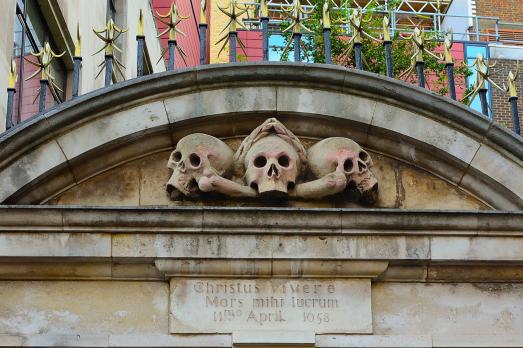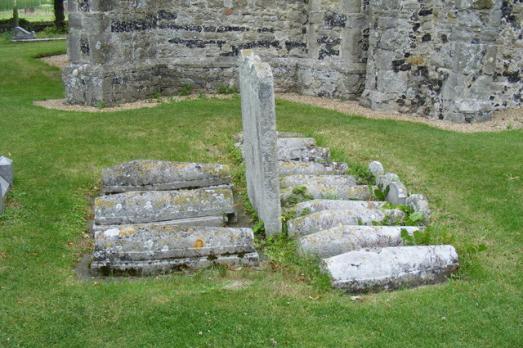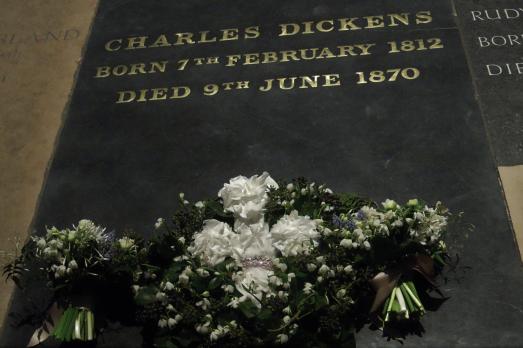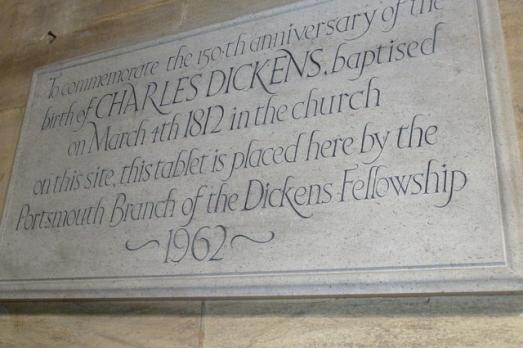
Font of knowledge
On the 4th of March 1812, Dickens was baptised in the medieval font. The church today is not the one that Dickens knew, having been rebuilt in 1880. The font was given to St James Milton, and the one in the church now is a later addition. It was built at the same time as a number of other institutes and mission halls to help those living in the deprived area. The church and its congregation still uphold the church’s original values of helping those who are disadvantaged in the community.

